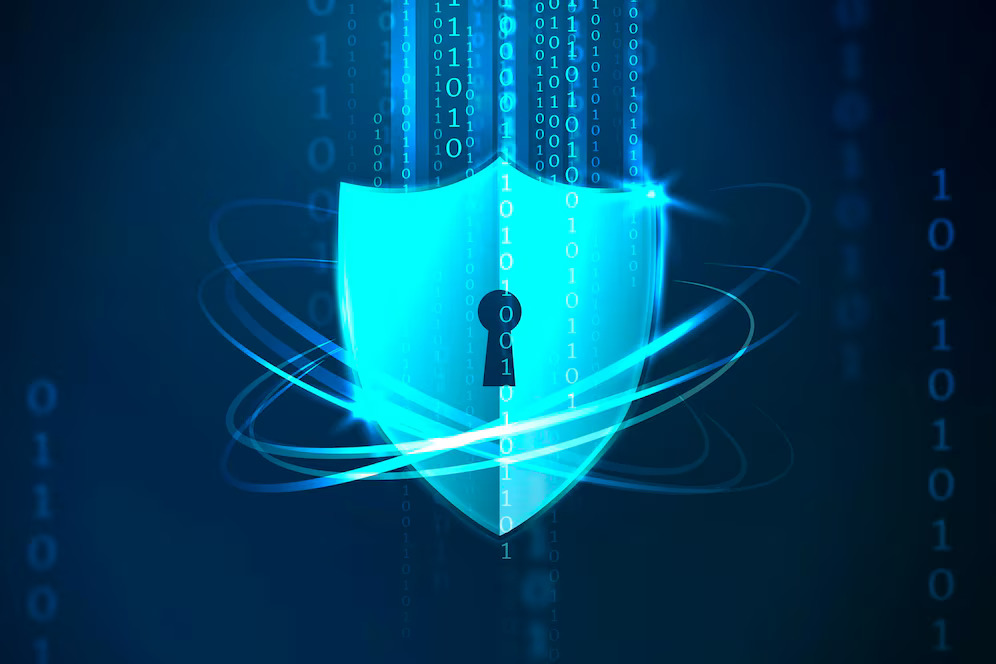
In today’s digital age, cybersecurity is more critical than ever. As technology evolves, so do the tactics of cybercriminals. Staying informed about recent trends in cybersecurity is essential for protecting your data and systems. Here’s a look at the latest developments shaping the cybersecurity landscape.
Artificial Intelligence (AI) is revolutionizing cybersecurity by enabling more sophisticated threat detection and response. AI algorithms can analyze vast amounts of data in real-time, identifying patterns and anomalies that may indicate a security threat. Machine learning models are continuously improving, allowing for faster and more accurate threat identification and mitigation.
The Zero Trust model, which assumes that threats could be internal or external, is gaining traction. This approach requires strict identity verification and access controls, regardless of the user’s location. By implementing Zero Trust, organizations can better protect their networks from breaches and unauthorized access.
Ransomware remains a significant threat, with attackers increasingly targeting critical infrastructure and large organizations. These attacks involve encrypting a victim’s data and demanding a ransom for its release. To combat this, businesses are investing in robust backup solutions and incident response plans to minimize the impact of ransomware incidents.
With the rise in data breaches, governments are implementing stricter privacy regulations. Laws such as the GDPR in Europe and CCPA in California are setting new standards for data protection and user privacy. Organizations must stay compliant with these regulations to avoid hefty fines and legal repercussions.
As more organizations migrate to the cloud, securing cloud environments has become a priority. Cloud security solutions are evolving to address unique challenges such as data breaches, misconfigured cloud settings, and insecure APIs. Ensuring that cloud security practices are in place is crucial for protecting sensitive information.
Multi-Factor Authentication (MFA) is becoming a standard practice to enhance security. By requiring multiple forms of verification, such as a password and a mobile code, MFA adds an extra layer of protection against unauthorized access. This trend is gaining momentum as organizations seek to strengthen their authentication processes.
Human error remains a leading cause of security breaches. To mitigate this risk, organizations are investing in comprehensive cybersecurity training programs. Educating employees about phishing scams, password management, and safe online practices helps reduce the likelihood of successful attacks.
Cybersecurity is a rapidly evolving field, with new trends and technologies emerging regularly. Staying informed and adapting to these changes is crucial for maintaining robust security defenses. By embracing AI, Zero Trust architecture, and other recent trends, organizations can better protect themselves against evolving cyber threats.
Cloud computing has become a cornerstone of modern IT infrastructure...
Artificial Intelligence (AI) is reshaping our world with its transformative capabilities...
